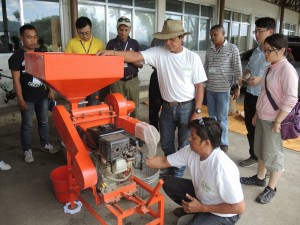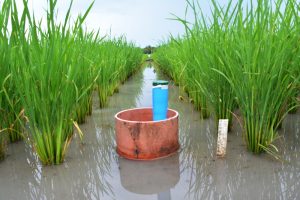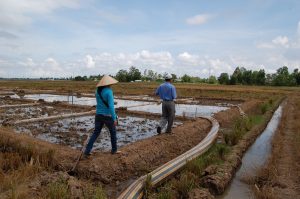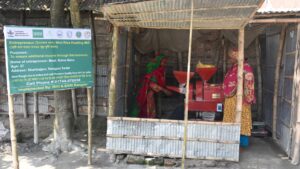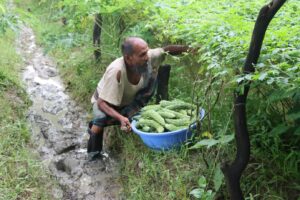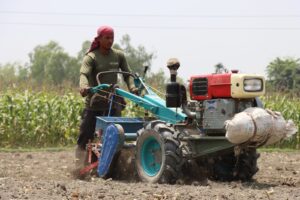Thailand is preparing contingency for the looming drought in 2024 that could last for several years and impact the global supply of rice and sugar.
This year’s monsoon rainfall across the country could be 10% below average and may be further aggravated by the onset of El Nino over the next two years.
Thai authorities have asked farmers to restrict rice planting to a single crop to conserve water.
Read the story @The Japan Times
Tolerant varieties and application of nutrients can effectively manage drought stress in rice
Drought incidence in rain-fed areas is the major abiotic stress especially to rice growing in around 23 million ha areas in India, the dry spells of different intensities will be more common in coming years due to climate change. Our 2-year study revealed that besides the use of tolerant cultivars, the application of nutrients also helped the rice plants to overcome the drought stress and its after-effects.
How rice plants “manage” water under drought
Because of low rainfall and lack of irrigation infrastructure, water management is often not an option for rainfed lowland rice farmers. But, thanks to the latest rice breeding research, recently developed varieties that produce higher yield under drought have their own built-in water management strategy. These plants can capture and use water more effectively when it is limited. By planting these drought-tolerant varieties, rainfed rice farmers can take advantage of the limited amounts of water in their fields that otherwise would not be accessible if drought-susceptible varieties were grown.
Adoption trend of climate-resilient rice varieties in Bangladesh
The adoption of stress-tolerant versions of popular rice cultivars can enable farming communities to mitigate the current and future challenges of recurrent flooding and drought in Bangladesh. It is recommended to promote these varieties on a large scale with assured availability and supply of good-quality labeled seeds through public and private extension and delivery networks. This remains critical to maintaining and increasing the rice production rate of the country to match the demand of the growing population.

